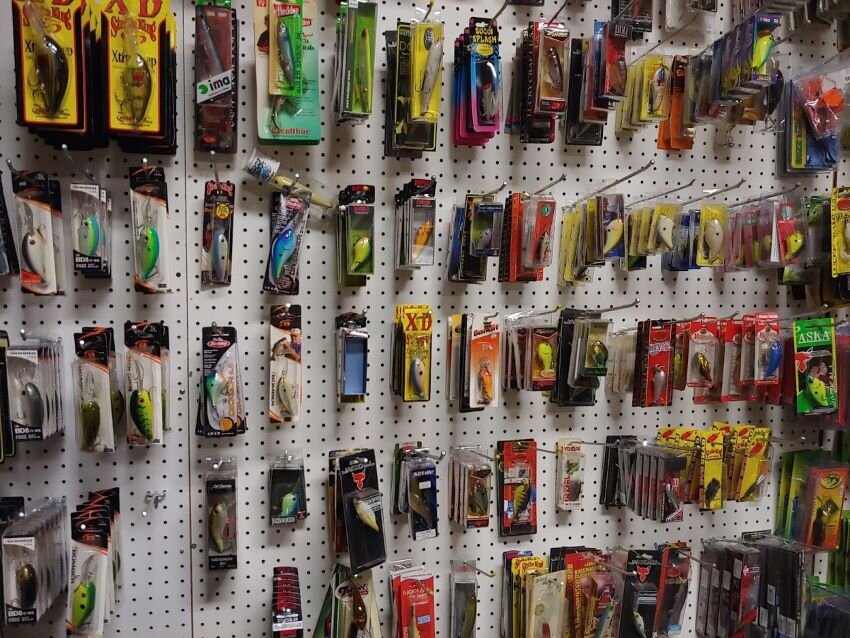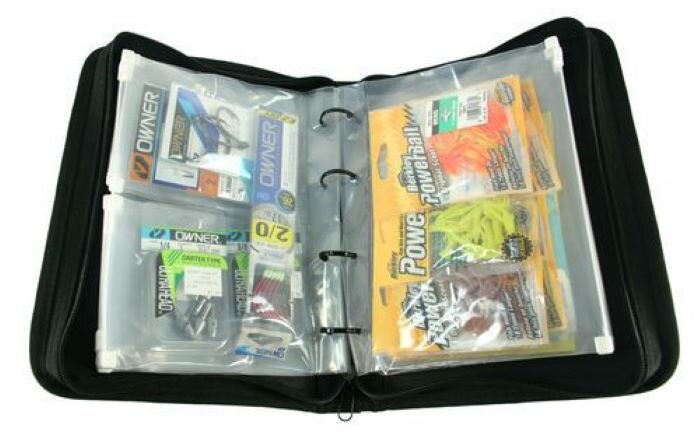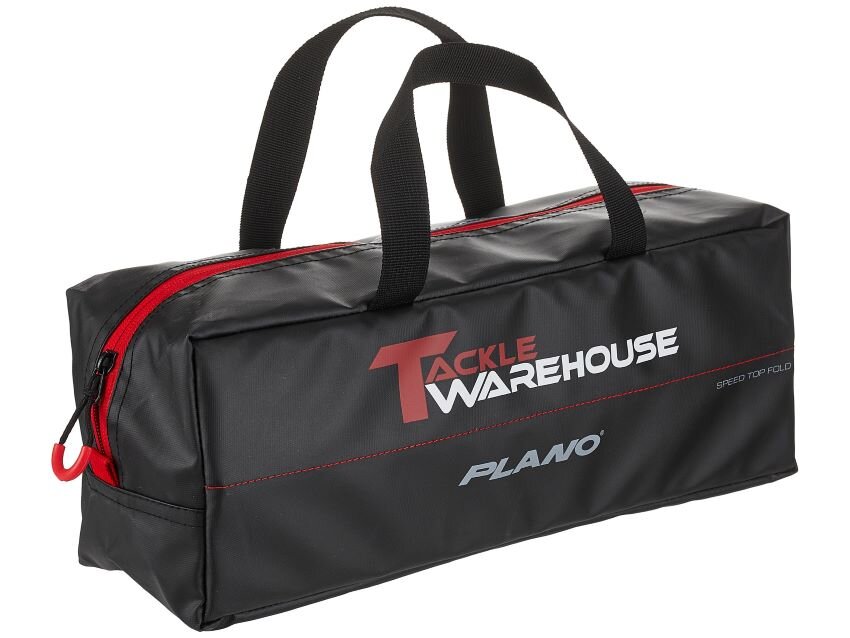Packing Your Tackle for Bass Fishing in Mexico
So you’ve booked your trip to El Salto, Picachos or some other Mexican lake, you’ve analyzed the basic tackle you need to bring, and perhaps added a few extra things you want to try. Now you need to get it organized, so you can access what you need when you need it. Even though the guides at Anglers Inn work long days (usually 10-12 hours of actual fishing), you’ll see that time flies. Every minute wasted is one minute that you won’t be catching your new personal best.
One nice thing about the Anglers Inn properties is that they allow you to store gear at the lodge between trips. They’ll seal it up and put it away in a locked space. All you need to do is call or email before you arrive and it will be waiting at your room when you get there. If it’s your first trip, or you elect not to leave any gear down there semi-permanently, you’ll need to be careful about figuring how to pack comprehensively within a 50 pound checked bag and your accompanying carry-on. Even if you have hundreds of pounds of gear down there (guilty as charged), you’ll still need to find an organizational system that allows you to find what you need when you’re on the water.
Here’s what works for me. Tweak it in a manner that functions best for the way you fish.
It starts with a good tackle bag. There are endless numbers of them on the market, and they can be purchased online, at any sporting goods store or even at Wal Mart. There are both traditional bags and backpack-style bags. If you’re budget conscious, you can likely already get away with something you have at home, or a non-fishing-specific gym bag. The ones I’ve settled on are in the Bass Pro Shops Advanced Anglers System (they were branded as Cabela’s when I bought them, before the companies merged). Here’s what I like about them:
First and foremost, they have multiple pockets. When the bite is fast and furious you’re going to be pulling out lures and packs of worms and throwing others back into the bag. If you have just one big compartment, that’ll become a jumbled mess in a hurry. With all of these extra compartments, you won’t necessarily avoid some mess, but it will be controlled chaos.
They’re sturdy, made of a heavy-duty fabric, with a skid-resistant waterproof base and big zipper pulls.
They come in a variety of sizes. In my opinion, the Super Magnum (of which I own several) is a great piece of luggage, but a little too big to bring in the boat. The Magnum, which holds eight 3700 boxes and has six external pockets, is the perfect size and configuration, without being overwhelming or getting in the way. Also, it fits within carry-on limitations, and if you don’t overstuff it it can even go under the seat in front of you.
Worm binders are your friend, and not necessarily just for soft plastics. I carry a large Plano binder that has all of the spinnerbaits, buzzbaits, chatterbaits and swim jigs I’ll need. It packs flat and holds a ton of stuff. You could also use one to keep all of your terminal tackle organized.
You will of course need some hard plastic trays. This is a tricky situation because they’ll need to go into your checked luggage, where they’ll get bounced around. The ideal in this situation would be to use Bass Mafia boxes, which are exceptionally resilient. Although I own several, I choose not to bring them because they are quite heavy – taking up a valuable portion of my luggage weight limit. Instead, I take a selection of less-sturdy single-deep and double-deep 3700-sized boxes, usually loaded to the gills for the ride down. I tape them shut and surround them with clothing to absorb any luggage-handling impact.
Within the hard trays, I don’t want my crankbaits, jerkbaits and topwaters to get completely tangled, so I take girls’ hair bands (small rubber bands) that you can buy inexpensively at any drugstore, and secure the hooks in place. I bring some extra bands, too, because they tend to get lost. Guilty admission: I tend not to replace the bands when I put the lures back into the box during a day of fishing. Mea culpa. I will try to be better going forward.
I also try to separate out certain categories of gear that can go in and out of the boat. At Anglers Inn, it’s perfectly reasonable to leave your rods and tackle bag in the boat between sessions or overnight, so I like to have smaller containers that can be taken up to the room and restocked. That’s why I keep my terminal tackle in a small, two-compartment zipped bag. There are plenty of options available through tackle retailers, but it’s just as easy to go to the Dollar Store or Wal Mart, where for a buck or two you can get a children’s pencil case.
Ziploc bags are also another critical item. They lay flat in your suitcase, don’t take up much space or weigh anything, and have a ton of potential purposes. I like to use them to separate out my plastics. I take gallon bags, and put my soft baits in them (still in their own bags), separated out by category – one for Senkos, one for lizards, one for worms, etc., perhaps with a catch-all for lures that don’t fit into a particular group. If there’s room in your tackle bag, place them there. If not, you can put them all into a separate small duffel or “speed bag.”
I also bring some smaller ziplocs – usually empty worm bags – in case I have to loan someone (or someone has to loan me) the hot bait. There’s nothing sadder than seeing someone begging for Senkos at the breakfast table, other than seeing them walk away with a handful of them and nothing to put them in.
Finally, you don’t need to bring all of your tackle to the water every time you go. Hanna may laugh at me when I tell our guide that a particular bait is “in the room,” but a tackle bag choked to the gills is an absolute pain in the ass. You don’t need fifty ½ ounce worm weights for a single session of fishing (if you do, you’re doing something wrong); nor do you need 12 Ricos or 30 spinnerbaits. It’s better to take a reasonable supply of everything and then add or subtract cautiously as you dial in the bite. If you spend 15 minutes after each session repacking and reorganizing, you should be close to a perfect balance — a bag that’s adequately stocked but won’t slow the boat down by 10 miles per hour.

















